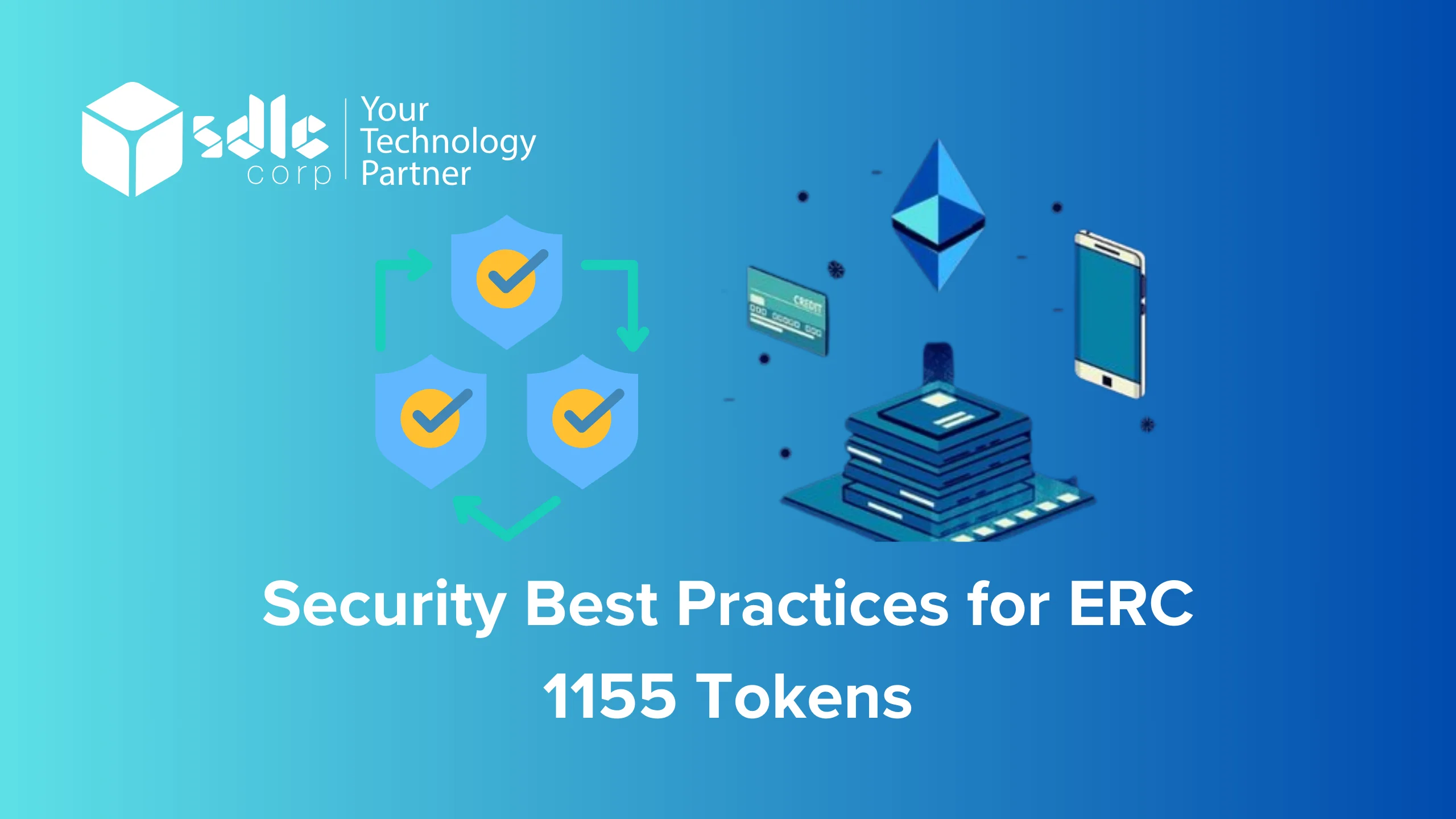Introduction
In the dynamic Ethereum ecosystem, ERC-1155 tokens have emerged as versatile assets capable of representing both fungible and non-fungible tokens (NFTs), serving various decentralized applications (DApps) and gaming platforms. Redefining Ethereum’s Token Standard, ERC-1155 combines the functionalities of both ERC-20 and ERC-721, making it a powerful tool for developers. However, their widespread adoption and complex functionality make them attractive targets for malicious actors. Implementing robust security measures is crucial for developers and users alike to protect ERC-1155 tokens and maintain the integrity of associated projects. Here are essential security best practices tailored for ERC-1155 tokens:
1. Comprehensive Smart Contract Auditing
Before deploying an ERC-1155 token contract, conduct thorough audits performed by experienced security professionals. These audits should meticulously scrutinize potential vulnerabilities, including reentrancy attacks and integer overflows.
- Automated Tools: Utilize advanced tools such as MythX, Slither, or Oyente to automate vulnerability detection.
- Manual Review: Supplement automated checks with thorough manual reviews to detect nuanced issues that automated tools might miss.
2. Utilize Known Libraries and Standards
Leverage reputable libraries and established standards, such as those provided by OpenZeppelin, specifically tailored for ERC-1155 tokens. These libraries undergo frequent audits and updates, ensuring adherence to the latest security protocols.
- Standard Implementations: Adopt well-tested implementations for core functionalities like token transfers and batch operations.
3. Follow the Checks-Effects-Interactions Pattern
To mitigate reentrancy vulnerabilities and ensure contract safety, strictly adhere to the checks-effects-interactions pattern:
- Checks: Validate all conditions and inputs before executing any operations.
- Effects: Modify state variables after validating inputs and ensuring their correctness.
- Interactions: Interact with external contracts or addresses only after completing checks and updating state variables.
4. Limit Use of External Calls
Minimize reliance on external calls to reduce the risk of unexpected state changes and vulnerabilities:
- Control Flow: Avoid critical dependencies on external calls and implement robust error handling mechanisms.
- Input Validation: Sanitize and validate inputs from external contracts to prevent malicious inputs and ensure contract integrity.
5. Implement Secure Access Controls
Enforce strict access controls within ERC-1155 smart contracts using role-based permissions and other security measures:
- Role-Based Access: Define roles and permissions to restrict access to sensitive functions and ensure accountability.
- Timelocks or Multi-signature Wallets: Consider implementing timelocks or requiring multi-signature approvals for critical operations to enhance security.
security token offering development

6. Handle Integer Arithmetic Safely
Prevent arithmetic vulnerabilities such as overflow and underflow by utilizing SafeMath or similar libraries that provide automatic safety checks:
solidity
import "@openzeppelin/contracts/utils/math/SafeMath.sol";
contract MyToken {
using SafeMath for uint256;
// Example of safe arithmetic operation
uint256 public totalSupply;
function mint(uint256 amount) public {
totalSupply = totalSupply.add(amount);
}
}
7. Testing and Development Best Practices
Adopt rigorous testing practices throughout the ERC-1155 token development lifecycle to identify and rectify issues early:
- Test Environments: Utilize Ethereum testnets like Rinkeby or Kovan to simulate real-world interactions and validate contract behavior.
- Continuous Integration: Implement CI/CD pipelines to automate testing, deployment processes, and security checks to maintain code quality.
8. Educate Users on Security Practices
Educate ERC-1155 token users on best security practices to safeguard private keys, recognize phishing attempts, and enhance overall security awareness:
- User Guidelines: Provide comprehensive guidelines on secure wallet management, transaction verification, and safe interaction with decentralized applications.
9. Monitor and Update
Continuously monitor ERC-1155 token contracts and transactions for suspicious activities:
- Security Alerts: Set up alerts for unusual transactions or potential security breaches to respond promptly.
- Regular Updates: Keep contracts updated to address identified vulnerabilities or to introduce operational enhancements.
Conclusion
Securing ERC-1155 tokens in the blockchain ecosystem requires a proactive and comprehensive approach encompassing smart contract auditing, secure development practices, continuous testing, and user education. By adhering to these best practices, developers and stakeholders can strengthen the security of ERC-1155 tokens, build user trust, and safeguard the integrity of decentralised applications and digital asset ecosystems on the Ethereum blockchain. Embracing robust security measures not only mitigates potential threats but also fosters a resilient and trustworthy environment for blockchain innovation and adoption. The enhanced security of ERC-1155 tokens is crucial for their successful integration and utilisation within the broader blockchain ecosystem..
















